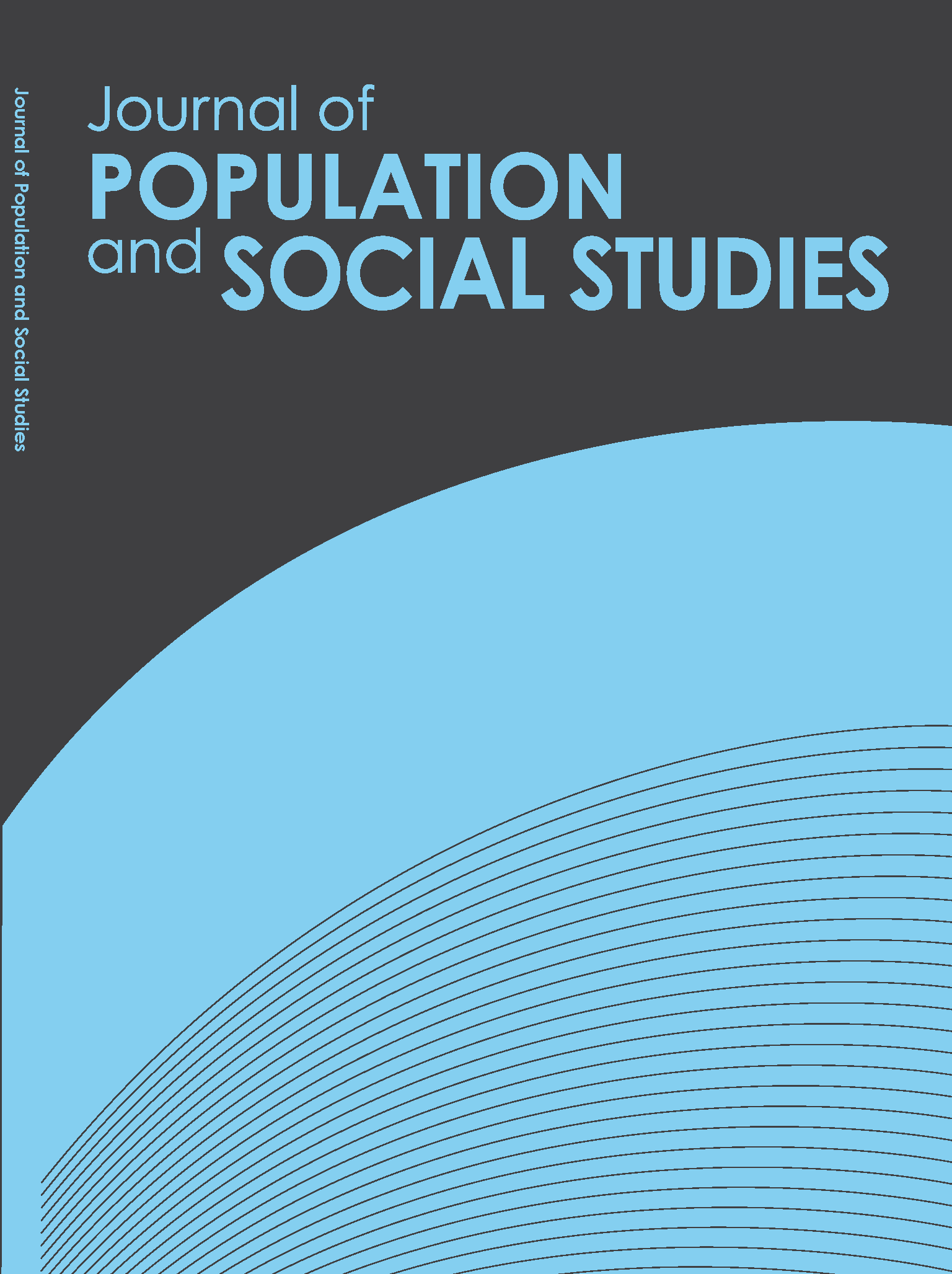Nursing Shortages in the Rural Public Health Sector of India
Main Article Content
Abstract
The objective of this article is to examine the situation of the nursing workforce and the shortage of nurses in the public health sector in rural India. Using secondary data from various publications of government agencies of India, an assessment of the size, distribution, adequacy, and shortfall of the nursing workforce in the rural public health sector in India is presented for the period of 2005–2017. The paper also examines the impact of nursing shortages and discusses the causes of nursing shortages in India, and shows that although the numbers of nurses in the rural public health sector have been rising incrementally in both absolute terms and in relation to the population being served in the period from 2005 to 2017, the sector is still suffering from acute nurse shortages. The densities of nurses as well as the ratio of nurses to doctors is abysmally low compared to global norms, and these figures vary considerably across states and union territories. This study has found significant adverse effects of these nursing shortages on critical health outcomes such as the infant mortality rate (IMR) and the under-five mortality rate (U-5MR). It is suggested that sufficient staffing of nurses in rural health centers should be enacted to eradicate this nursing shortage and to enhance public health care services in rural areas.
Article Details
References
• Aiken, L.H., Clarke, S.P., Sloane, D.M., Sochalski, J., & Silber, J.H. (2002). Hospital nurse staffing and patient mortality, nurse burnout, and job dissatisfaction. Journal of the American Medical Association, 288(16), 1987-1993.
• Blegen, M.A., Goode, C.J., & Reed, L. (1998). Nurse staffing and patient outcomes. Nursing Research, 47(1), 43-50.
• Buchan, J., & Calman, L. (2004). The global shortage of registered nurses: An overview of issues and actions. Geneva: International Council of Nurses.
• Buerhaus, P.I., Donelan, K., Ulrich, B.T., Norman, N., Des Roches, C., & Dittus, R. (2007). Impact of the nurse shortage on hospital patient care: Comparative perspectives. Health Affairs, 26(3), 853-862.
• Garretson, S. (2004). Nurse to patient ratios in American health care. Nursing Standard, 19(14-16), 33-37.
• Government of India. (2005). Report of the national commission on macroeconomics and health. Ministry of Health and Family Welfare, Government of India.
• Government of India. (2006a). Bulletin on rural health statistics in India 2006. Ministry of Health and Family Welfare, Government of India, New Delhi.
• Government of India. (2006b). Population projections for India and states 2001-2026. Office of the Registrar General and Census Commissioner, Government of India, New Delhi.
• Government of India. (2017a). National health profile 2017. Central Bureau of Health Intelligence, Ministry of Health and Family Welfare, Government of India, New Delhi.
• Government of India. (2017b). Bulletin on rural health statistics in India 2016-17. Ministry of Health and Family Welfare, Government of India, New Delhi.
• Hazarika, I. (2013). Health workforce in India: Assessment of availability, production and distribution. WHO South-East Asia Journal of Public Health, 2(2), 106-112.
• Kumar, P., & Khan, A.M. (2013). Human resource management in primary health care system. Health and Population: Perspectives and Issues, 36 (1&2), 66-76.
• Malik, G. (2008). Nursing crisis in India. Journal of Health and Development, 4(1-4), 33-42.
• Muralidharan, K., Chaudhury, N., Hammer, J., Kremer, M., & Rogers, H. (2011). Is there a doctor in the house? Medical worker absence in India. Retrieved from http://scholar.harvard.edu/files/kremer/files/is_there_a_doctor_in_the_house_12 _april_2011.pdf
• Nandan, D., Nair, K.S., & Datta, U. (2007). Human resources for public health in India– Issues and challenges. Health and Population: Perspectives and Issues, 30(4), 230-242.
• Naylor, M.D., & Kurtzman, E.T. (2010). The role of nurse practitioners in reinventing primary care. Health Affairs, 29(5), 893-899.
• Needleman, J., Buerhaus, P., Mattke, S., Stewart, M., & Zelevinsky, K. (2002). Nurse staffing and the quality of care in hospitals. New England Journal of Medicine, 346(22), 1715-1722.
• Percot, M. (2006). Indian nurses in the gulf: Two generations of female migration. South Asia Research, 26(1), 41–62.
• Rao, K., Bhatnagar, A., & Berman, P. (2009). India’s health workforce: Size, composition and distribution. In J. LaForgia and K. Rao (Eds.). India health beat. New Delhi: World Bank and Public Health Foundation of India.
• Sinha, K. (2007). Nurse exodus leaves India short. Times of India, September 12.
• Subirana, M., Long, A., Greenhalgh, J., & Firth, J. (2014). A realist logic model of the links between nurse staffing and the outcomes of nursing. Journal of Research in Nursing, 19(1), 8-23.
• World Bank. (1993). World development report 1993: Investing in health. New York: Oxford University Press.
• World Bank. (2018). World Bank Open Data. Washington, DC: The World Bank. Retrieved on 6 January 2018 from www.data.worldbank.org/indicator
• World Health Organization. (2010). Wanted: 2.4 million nurses, and that’s just in India. Bulletin of World Health Organization, 88, 327-328.
• World Health Organization. (2014). Global health observatory, health workforce statistics. Geneva: World Health Organization. Retrieved on 10 December 2014 from http://www.who.int/hrh/statistics/hwfstats
• World Health Organization. (2016). World health statistics 2016. Geneva: World Health Organization.


